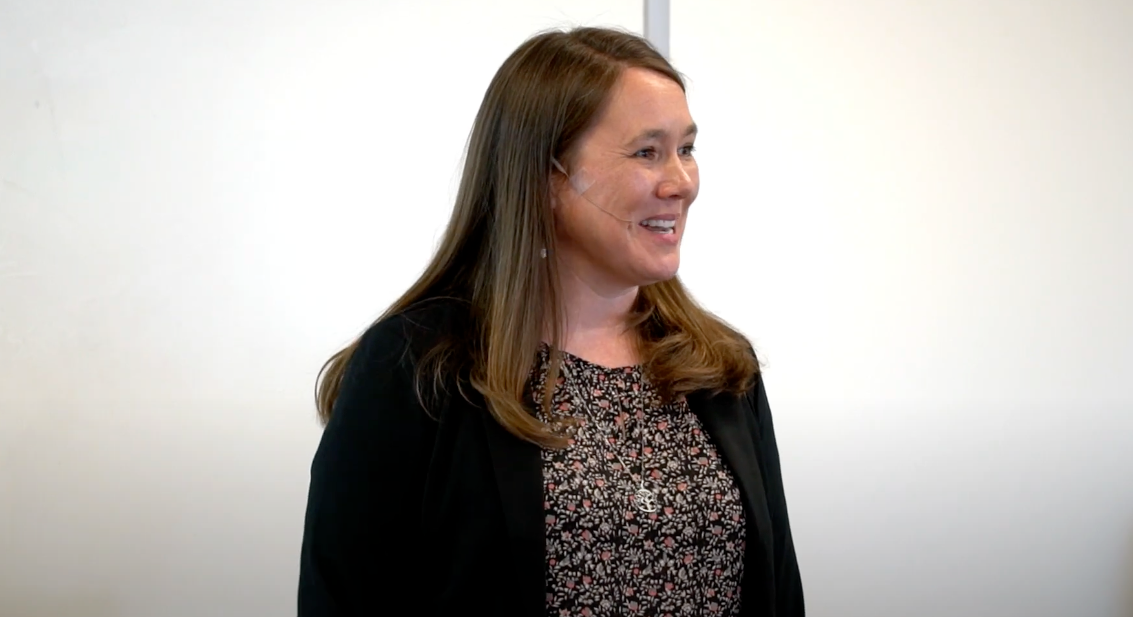Consonant & Vowel Facts
-

Consonants & Vowels Are Sounds
Many of us were taught that vowels are the letters A, E, I, O, U, and sometimes Y, but did you know that consonants and vowels are not letters? They are sounds.
-

Vowel Sounds
Vowels are sounds that can be sung; sounds that can be made louder and softer. Vowels are sounds that are produced with an open mouth. The sound is not blocked by the tongue, lips, or teeth.
-

Consonant Sounds
Consonants are sounds that cannot be sung and that cannot be made louder and softer. Consonants are sounds that are blocked by the tongue, lips, or teeth.
-

What About Y?
The phonogram Y makes three vowel sounds: /ĭ/ as in gym, /ī/ as in type, and /ē/ as in happy. It also makes a consonant sound /y/ as in yes. Some phonograms represent both consonant and vowel sounds.
Discover if a sound is a consonant or a vowel sound.
Rather than memorizing a list of vowels, learn three tests to discover if a sound is a vowel or a consonant sound.
Tips for Teaching Consonants & Vowels
By teaching how English really works, we empower students to further unlock the code.

Learn More About Consonants & Vowels
2019 Teacher Training










